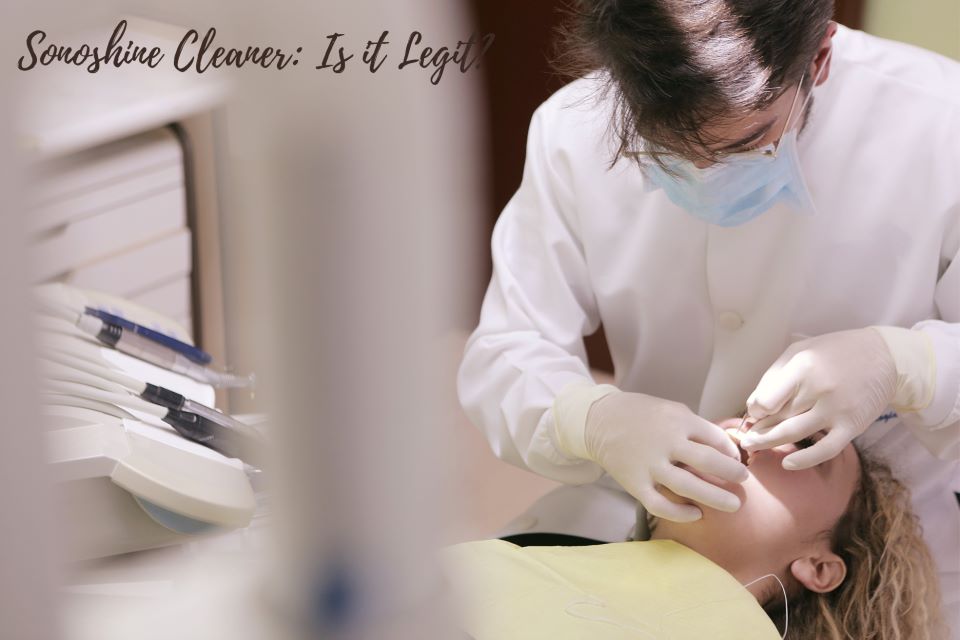
Kyphoplasty and vertebroplasty are image-guided procedures performed by trained interventional radiologists or neuroradiologists. They may be done on an outpatient basis or sometimes require hospital admission.
Before the procedure, you will be given medicine to make you sleepy or unconscious. Then, a needle is put through your skin into the collapsed vertebrae. Orthopedic cement is injected when a trocar—a hollow needle or tube—is implanted.
What Is Kyphoplasty?
Kyphoplasty is a minimally invasive spine surgery to treat painful compression fractures, or breaks, in the bones that make up your spine. These fractures can cause a hunched-over posture (kyphosis). The procedure involves injecting special cement into the collapsed vertebrae to restore height and relieve pain. It is also known as balloon kyphoplasty and vertebroplasty.
Through a tiny skin incision close to the fracture site, your doctor makes an insertion of a hollow needle into the bone. A balloon is then inserted and inflated to help raise the damaged vertebrae. The cement is injected into the fracture site under imaging guidance, such as fluoroscopy.
Patients often experience immediate back pain relief after a kyphoplasty Jacksonville FL. However, feeling full range of motion may take a few days. Your doctor will recommend physical therapy or rehabilitation to improve your ability to move and reduce your pain. Your therapist may also teach you exercises to prevent future fractures and promote spine stability.
What Is A Compression Fracture?
A break in one of the spine’s bones is known as a compression fracture. These painful breaks can cause the bone to collapse, causing you to become shorter and develop a rounded back (called kyphosis or dowager’s hump). This may also limit your ability to walk, climb stairs, bend forward, or lift objects.
Compression fractures often occur in the lumbar or lower back vertebrae. This type of fracture is more likely to happen if you have osteoporosis, which causes the bones to become thin and break easily.
An anesthesiologist will give you medication via an IV before the treatment to either help you relax and feel better or to put you to sleep. Your doctor will introduce a needle into the injured part of your spine with the assistance of an X-ray. They will then inflate a balloon that helps the bone regain its standard shape and height. Then, the doctor will inject orthopedic cement while checking with X-rays to ensure it’s in the correct place.
What Are The Complications Of Kyphoplasty?
Kyphoplasty is very safe and has a high success rate. The procedure is done under local anesthesia, and many patients can go home the same day.
Before the surgery starts, your doctor will check your health history and do a physical exam. Then, they will use an X-ray device called fluoroscopy to see the damaged part of your spine. They will also order blood tests and do a CT scan or an MRI to help them see the fractures better.
The medical professional employs a trocar, a hollow needle or tube, to create room in the bone during kyphoplasty and vertebroplasty. Orthopedic cement is then injected into the hollow or void created by inserting a balloon-like instrument called a balloon tamp into the bone and inflating it.
Wedge-shaped compression fractures in the front of the vertebral body respond best to kyphoplasty. Other types of fractures, such as biconcave and crush fractures, may not improve with kyphoplasty.
What Is The Recovery Of Kyphoplasty?
Each person’s recovery looks different, but generally, patients feel pain relief within 48 hours of their procedure. It is expected to experience some soreness where the needle enters the back, but ice packs and over-the-counter anti-inflammatory medications can help.
During kyphoplasty or vertebroplasty, a surgeon uses image guidance (like X-rays and fluoroscopy) to insert a hollow needle into the fractured bone. The balloon tamp is then inserted through the needle and inflated, creating a space or cavity. The surgeon then injects the bone cement through the opening in the bone, which hardens quickly. Once the cement is in place, the needle is removed, and the area is bandaged. Stitches won’t be necessary.
While kyphoplasty is less invasive than other spine procedures, the recovery can still be lengthy. Patients must be careful when moving around and follow the guidance of their spinal surgeon and physical therapist. Understanding that patience and hard work will pay off in the long run is essential.



